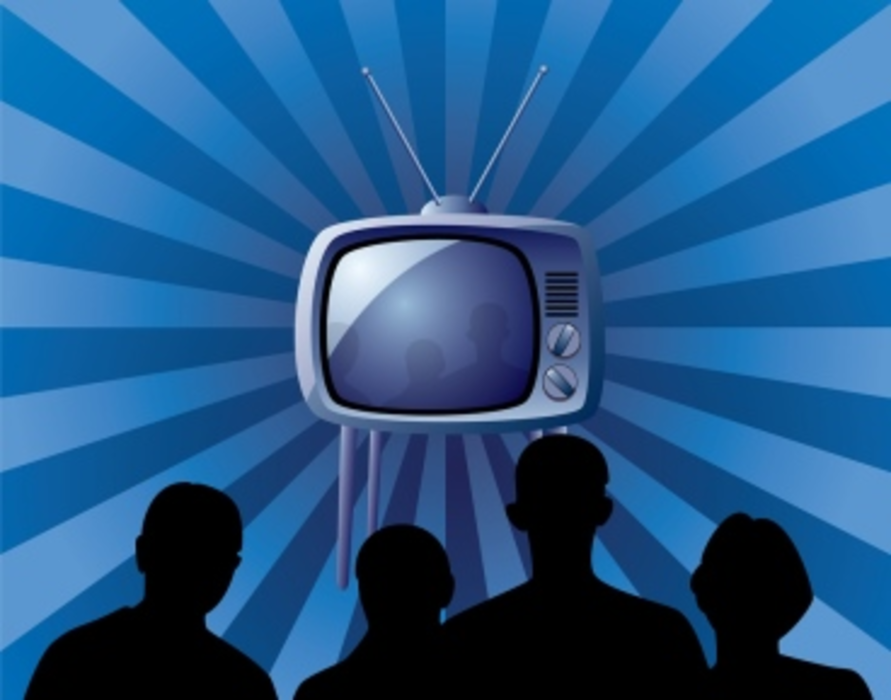Far from spelling the doom of live television, second screen devices like smartphones and tablets could well serve as the vehicles that usher TV into a golden era of viewership and direct marketing. “Second-screen devices are likely to be the principal force behind social TV experiences as companion apps are increasingly written for that experience,” asserts Gartner research director Michael Gartenberg in a report on “Social TV Activities” released this week.
Americans have not stopped watching television. They’re watching more than ever—some 34 hours a week each, according to a 3Q 2012 report from Nielsen. Where and when they watch Cops or The Big Bang Theory or Monday Night Football is what’s changed, as time-shifting devices and Internet viewing allow viewers to pick their times and dump their commercials. But thanks to two major factors—mobile connectivity and greed—more people may soon be trashing their Tivos and collecting points by interacting with TV shows and ads.
As a result, Gartner maintains, cable providers, entertainment companies, and marketers are presented with an opportunity to seize upon social media interactions with live TV as powerful means of consumer engagement. “The time to take advantage of this opportunity is right now, as social TV services have not yet been dominated by a single solution and the market is far from saturated,” says Gartenberg.
Yesterday, Viggle, an app that awards people points for watching specific shows and engaging with ads, launched a national TV ad campaign urging viewers to spend more time on live TV and earn rewards ranging from gift cards to tablet computers.Viggle has two million users and is looking for lots more.
“We are making a big push right now into direct marketing,” says Viggle President and COO Greg Consiglio. “Imagine being able to offer someone 1,000 points to watch an infomercial and providing them with product information for download, as well as special discount codes. At the end, you provide retail locations or options to click and buy.”
Alerts to take advantage of such offers can be targeted to chosen demographics, which is what Viggle does on a regular basis for its entertainment clients looking to draw viewers to new shows. The History Channel used Viggle to part the seas for its recent series, The Bible. App users who watched all five episodes received 1,000 points.
Social interaction with other app users about what’s up on Viggle is also often rewarded (2,000 points is roughly equivalent to $1 in value) and gamification supports sports programming. During NCAA March Madness coverage beginning this week, Viggle users can compete against nine others by selecting individual players in games they’re watching. Whoever has the player with the best stats at game’s end wins 1,000 points. Getting viewers involved in the game ensures longer viewing times and more interactions with advertisers.
Live television, the chief purveyor of above-the-line advertising, has turned to a below-the-line device to ensure its profitable survival. “Every industry uses elements of loyalty programs,” Consiglio says. “But the entertainment business never did, and TV definitely never did. Now they do.”
While the Gartner report allows that Internet-connected television will serve as the key conduit for social connectivity via the medium, especially on a global basis, it is unequivocal in stating that loyalty-driven apps will have a marked influence on social TV in the coming two years.
“The net result of these activities will help turn users away from time-shifted, catch-up TV experiences, and the commercial-skipping activity associated with them, and back toward live broadcasts,” the report states.





